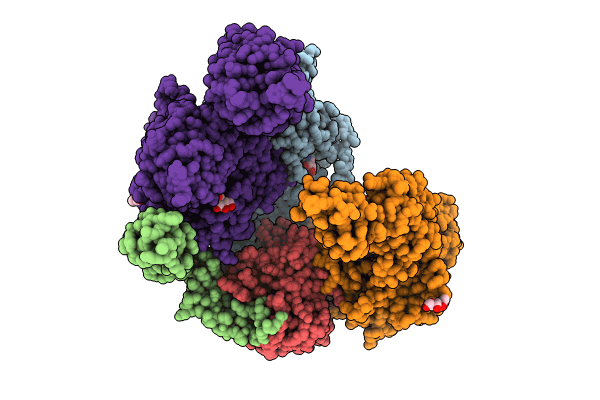
Deposition Date
2024-07-25
Release Date
2024-08-07
Last Version Date
2024-10-16
Entry Detail
PDB ID:
9CTH
Keywords:
Title:
Preliminary map of the Prothrombin-prothrombinase complex on nano discs
Biological Source:
Source Organism:
Homo sapiens (Taxon ID: 9606)
Host Organism:
Method Details:
Experimental Method:
Resolution:
6.47 Å
Aggregation State:
PARTICLE
Reconstruction Method:
SINGLE PARTICLE


